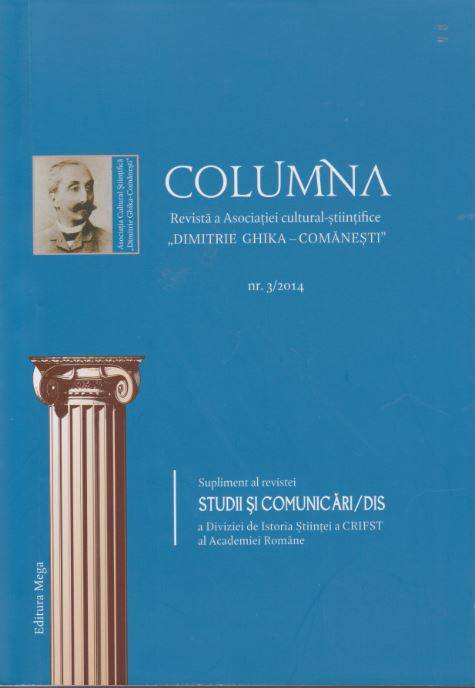Institutiie Uniunii Europene - Parlamentul European
European Union institutions - The European Parliament
Author(s): Ana CernatSubject(s): EU-Accession / EU-DEvelopment
Published by: Asociația Cultural Științifică „Dimitrie Ghika-Comănești”
Keywords: European Parliament; legislative initiative; legislative procedures; EU budget; European Commission;
Summary/Abstract: The European Parliament (abbreviated as EU Parliament or the EP) is the directly elected parliamentary institution of the European Union (EU). Together with the Council of the European Union (the Council) and the European Commission, it exercises the legislative function of the EU. The Parliament is composed of 751 (previously 766) members, who represent the second largest democratic electorate in the world (after the Parliament of India) and the largest trans-national democratic electorate in the world (375 million eligible voters in 2009). It has been directly elected every five years by universal suffrage since1979. However, turnout at European Parliament elections has fallen consecutively at each election since that date, and has been under 50% since 1999. Turnout in 2009 stood at 43% of all European voters, ranging from 90% in Luxembourg and Belgium (where compulsory voting is used) to 20% in Slovakia. Turnout was under 50% in 18 out of the then27 member states.
Journal: COLUMNA
- Issue Year: 2014
- Issue No: 3
- Page Range: 427-432
- Page Count: 6
- Language: Romanian

